Life
Sign up for our newsletter
We summarize the week's scientific breakthroughs every Thursday.
-
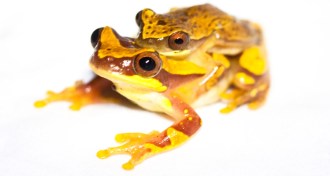 Animals
AnimalsClimate change may bring dramatic behavior shifts
Shifting temperatures and rainfall are expected to alter animal lifestyles from the poles to the tropics.
By Susan Milius -
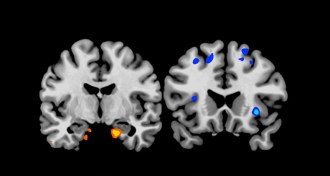 Neuroscience
NeuroscienceOne sleepless night weakens resolve in the face of doughnuts
Sleep loss changes brain activity and food preferences.
-
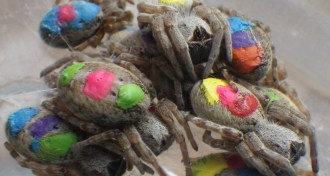 Animals
AnimalsSpider’s personality matters when job hunting
Boldest individuals of social species tasked with seeking out prey.
By Meghan Rosen -
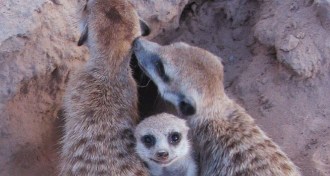 Life
LifeEvolution of mammalian monogamy remains mysterious
Two large studies reach opposing conclusions about why males stay with females.
-
 Neuroscience
NeuroscienceCamping resets internal clock
After a week in the wild, people went to bed and got up earlier.
By Meghan Rosen -
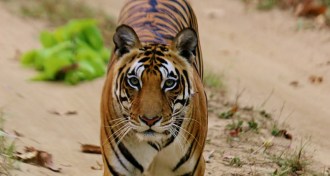 Life
LifeTigers meet, mix in forest corridors
In India, narrow strips of wild land connect small groups of cats.
-
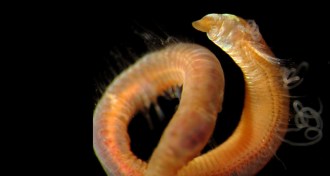 Animals
AnimalsOxygen boost aided carnivore evolution in Cambrian explosion
Atmospheric change and rise of predators caused burst in complexity of life.
By Erin Wayman -
 Neuroscience
NeuroscienceBrainwashed
The Seductive Appeal of Mindless Neuroscience by Sally Satel and Scott O. Lilienfeld.
By Bruce Bower -

-
 Neuroscience
NeuroscienceThe Anorexic Brain
Neuroimaging improves understanding of eating disorder.
By Meghan Rosen -
 Life
LifeA flash of light implants false memories in mice
Researchers alter rodents' recollections by exciting just a few neurons.
-
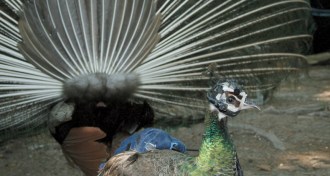 Animals
AnimalsEye-tracking cameras show peahens’ wandering gaze
Data show that female birds are not so riveted by their suitors’ magnificence
By Susan Milius